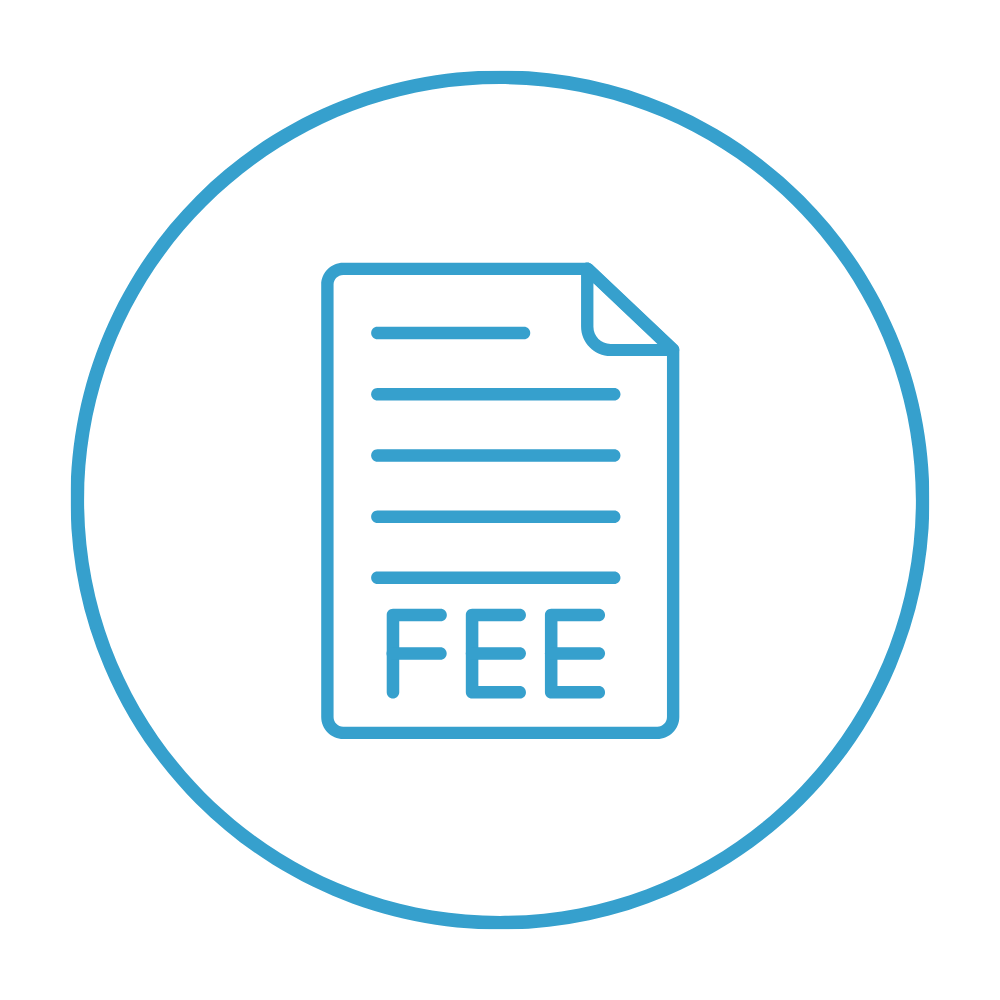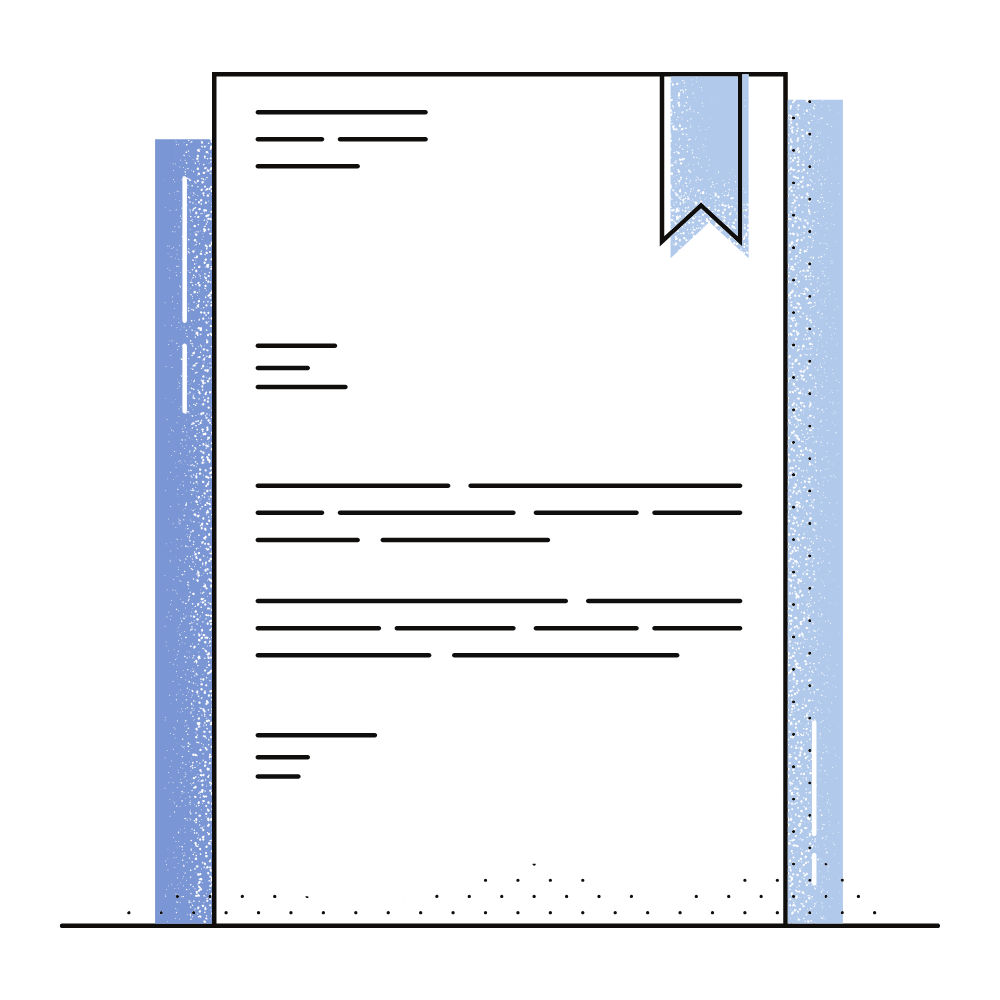DEFRA (UK’s Department for Environment, Food & Rural Affairs) has announced updates to certain registration and authorisation fees under UK REACH. The new fees came into effect on 1 April 2025. According to UK authorities, this update is based on the price indices and fee structures proposed by HSE. The updated fee schedule was published on 10 March 2025 under the name The REACH Fees and Charges (Amendment of Commission Regulation (EC) No 340/2008) Regulations 2025. Updated UK REACH Fees Registration Fees Fees for full registrations and intermediate-only registrations have been revised as follows: 1. Standard Fees Tonnage Band Individual Submission Joint Submission All Tonnage Bands £2,222 £2,222 2. Reduced Fees for SMEs Tonnage Band Medium (Ind.) Medium (Joint) Small (Ind.) Small (Joint) Micro (Ind.) Micro (Joint) All Tonnage Bands £740 £740 £399 £399 £57 £57 The lack of tonnage differentiation in standard fees means the base registration cost is the same whether 1 tonne or 1000 tonnes of a substance is manufactured. It is a different approach compared to the EU REACH regulation. However, the reduced fees can help SMEs. A micro-enterprise may pay up to 97% less than a large company for the same registration. Update Fees To maintain transparency and oversight in UK REACH processes, fees for updates under Article 22 have also been revised: Tonnage Band Updates 1. Standard Fees Type of Update Individual Submission Joint Submission All Updates £2,222 £2,222 2. Reduced Fees for SMEs Type of Update Medium (Ind.) Medium (Joint) Small (Ind.) Small (Joint) Micro (Ind.) Micro (Joint) All Updates £1,249 £1,249 £672 £672 £96 £96 Identity Change Identity change fees apply in cases such as mergers, name changes, etc. 1. Standard Fees Type of Change Fee Change in identity of the registrant involving a change in legal personality £290 2. Reduced Fees for SMEs Type of Change Medium Small Micro Change in identity of the registrant involving a change in legal personality £261 £232 £72 Other Changes 1. Standard Fees Type of Update Individual Submission Joint Submission Degree of purity and/or identity of impurities or additives £4,271 £3,203 Relevant tonnage band £1,424 £1,068 A study summary or a robust study summary £4,271 £3,203 Information in the safety data sheet £2,847 £2,135 Trade name of substance £1,424 £1,068 IUPAC name for non-phase-in substances referred to in Article 119(1)(a) of Regulation (EC) No 1907/2006 £1,424 £1,068 IUPAC name for substances referred to in Article 119(1)(a) of Regulation (EC) No 1907/2006 used as intermediates, in scientific research and development or in product and process orientated research and development £1,424 £1,068 2. Reduced Fees for SMEs Type of Update Medium (Ind.) Medium (Joint) Small (Ind.) Small (Joint) Micro (Ind.) Micro (Joint) Degree of purity and/or identity of impurities or additives £2,776 £2,082 £1,495 £1,121 £214 £160 Relevant tonnage band £925 £694 £498 £374 £72 £53 A study summary or a robust study summary £2,776 £2,082 £1,495 £1,121 £214 £160 Information in the safety data sheet £1,851 £1,388 £996 £747 £142 £107 Trade name of the substance £925 £694 £498 £374 £72 £53 IUPAC name for non-phase-in substances referred to in Article 119(1)(a) of Regulation (EC) No 1907/2006 £925 £694 £498 £374 £72 £53 IUPAC name for substances referred to in Article 119(1)(a) of Regulation (EC) No 1907/2006 used as intermediates, in scientific research and development or in product and process orientated research and development (not specified) PRORD Fees Under Article 9 of the UK REACH Regulation, the fees for PRORD notification and PRORD exemption extension are as follows: PRORD Notification Standard fee £751 Reduced fee for medium enterprise £308 Reduced fee for small enterprise £166 Reduced fee for micro enterprise £24 PRORD notification fees are relatively low compared to other categories, which supports research and development activities. Fees for Extension of PRORD Exemption Standard charge £751 Reduced charge for medium enterprise £617 Reduced charge for small enterprise £332 Reduced charge for micro enterprise £47 Authorisation Application and Review Fees Authorisation Application 1. Standard Fees Application Type Fee Base Fee £57,689 Additional Fee Per Substance £11,538 Additional Fee Per Use £51,920 2. Reduced Fees for SMEs Application Type Medium Small Micro Base Fee £43,267 £25,960 £5,769 Additional Fee Per Substance £8,653 £5,192 £1,154 Additional Fee Per Use £38,940 £23,364 £5,192 Authorisation Review 1. Standard Charges Review Type Fee Base Charge £57,689 Additional Charge Per Substance £11,538 Additional Charge Per Use £51,920 2. Reduced Charges for SMEs Review Type Medium Small Micro Base Charge £43,267 £25,960 £5,769 Additional Charge Per Substance £8,653 £5,192 £1,154 Additional Charge Per Use £38,940 £23,364 £5,192 Authorisation and review fees are notably high, representing a significant cost for companies dealing with SVHCs. Firms are advised to support their applications with thorough justification and explore safer alternatives. Strategic Recommendations • Cost PlanningCompanies are advised to prepare annual budgets that consider costly processes like authorisation and review. • SME DeclarationTo benefit from reduced fees, companies must complete their SME declarations accurately and on time. • Alternatives to SVHCsWhere possible, firms should prioritize substitution of SVHCs to avoid the authorisation process. • Consultancy SupportErrors in these processes may lead to serious financial consequences; expert guidance is strongly recommended. How Chemleg Consultancy Can Help At Chemleg, we support companies in navigating UK REACH registration, notification, and authorisation processes, including: • Development of compliance strategies• Accurate SME declarations• Technical dossier and IUCLID preparation• Data sharing management for lead registrants and obtaining Letter of Access (LoA) for co-registrants with LoA-Pro. Learn more about our UK REACH registration services.







